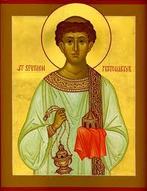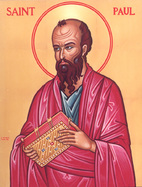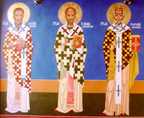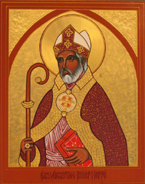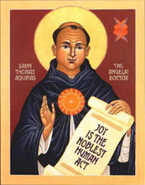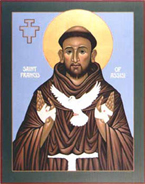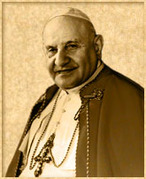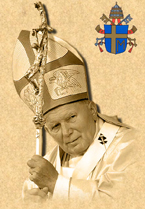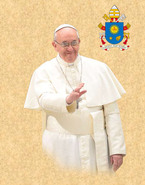|
As many of you would have known, from 1 to 15 April, I journeyed with 39 other pilgrims (all together making up 40 people in the group) to the biblical lands of Greece and Turkey. Some might say that a two-week journey like this would be nothing more than a whirlwind tour, but because our trip was rather focused, it was actually very targeted and therefore quite relaxing. I did not return as exhausted as I did last year when going for the pilgrimage to Italy. This was a biblical journey, as we spent the entire two weeks trailing the route of St Paul in Greece and then tracking down the Seven Churches of Revelation in Turkey. With me assuming responsibility as the Formation Director for the trip, faith-formation was provided on a daily basis either in the hotel conference rooms or on the bus, depending on how the journey for the day had been carefully charted out. The Eucharistic Celebration also took place in various locations each day throughout the journey with Msgr James Rajendran (Vicar General of the Diocese of Melaka-Johor) as the Spiritual Director of the trip. Much prayer also took place during the journey with the rosary and the Reginal Caeli being said each day. I'm sure pilgrims benefited as portions of Sacred Scripture were highlighted during the faith formation sessions which related directly to the places we were going to visit each day. The biblical background of these places were explicated in great detail. But for me, more than just a contemplation on Scripture, this trip was a great experience as I found myself drawn into the spirituality of the Eastern Christians which I had studied so much about in the past several years of my theological and spiritual journey. Many things that I had understood intellectually, I had now come to know experientially during our visits to Eastern Orthodox churches and monasteries. The sacred space of every Orthodox church, no matter how small, was permeated with religious art so intricately integrated into it that one could not help but be drawn into the realities they represented. It felt as if the icons were alive and that we were surrounded by "a cloud of witnesses" (Hebrews 12.1) joining us in that space that had been consecrated for the worship of the Triune God. We also observed moments when prayers were taking place within that sacred space, that the Orthodox Christians took this act seriously and little or no space was given to informal trivialities or even social pleasantries. Public relations does not seem to be an Orthodox forte, and I say this as a manner of compliment. In the context of prayer and worship, that was all their attention was given to. I admire that attitude with a tinge of self-chastisement. I think we who are part of the Latin Rite Church need to recover our sense of sacred wonderment and be transformed by the liturgical space over which we constantly threaten to be lords. Having said that, I must also acknowledge the beauty of the Latin Rite parish churches that we visited. The beauty of these places was nothing less than magnificent. Have a look:
My senses have been quickened once again - provoked - to look higher, above myself and the preoccupations of this world, and contemplate on the other-wordliness of the Church's liturgical act. It is wrong and idolatrous when an act so holy and so sublime as the liturgy is judged by the human experience of poverty and economic need. The liturgy is beyond that. Paradoxically, it is when we recognise the liturgy to be precisely what it is that there is a real and concrete hope for all the poor of the world and not just the few hungry ones whom we hope to feed with that little money stinged from a shortchanging of our act of worship. Few are bound to understand this paradox.
For me then, this journey was more than just a biblical journey, but also a liturgical one - both are not opposed to each other, but rather, attest to each other. Most of the places we visited were ruins of buildings constructed before the days of the Apostles, and some were constructed between the 9th and 11th centuries. The point of these visits was to drive across a very realistic reminder that anything we construct with our human hands does not perpetuate through time. In the end, it is only the Word of God that lasts forever. But where there is faith, this faith may be imparted from one generation to another through traces of its expression. And thus, when our descendents a thousand years from now dig up our remains through their technological archaeological activity which we can yet hardly fathom today, will they find traces of faith? What kind of liturgical space and liturgical activity would they find being left behind for them as a legacy of faith? This trip has been very beneficial not just for me but for most, if not all, of the pilgrims. A number of the pilgrims had expressed to me how much they had experienced God throughout this journey, some with tears in their eyes. I would very much hope to repeat this journey next year (probably in September / October 2014) for others who might be interested to experience the same.
0 Comments
Leave a Reply. |
Categories
All
Archives
December 2021
|
|
FOLLOW DEACON SHERMAN DEACON'S FORMATION FB GROUP
© 2021 Sherman Kuek. All rights reserved.
|

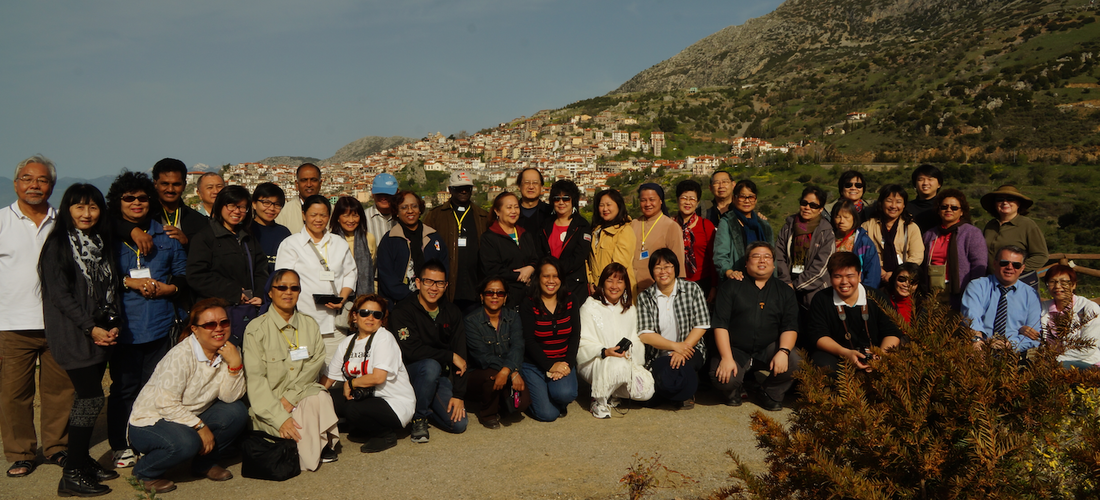
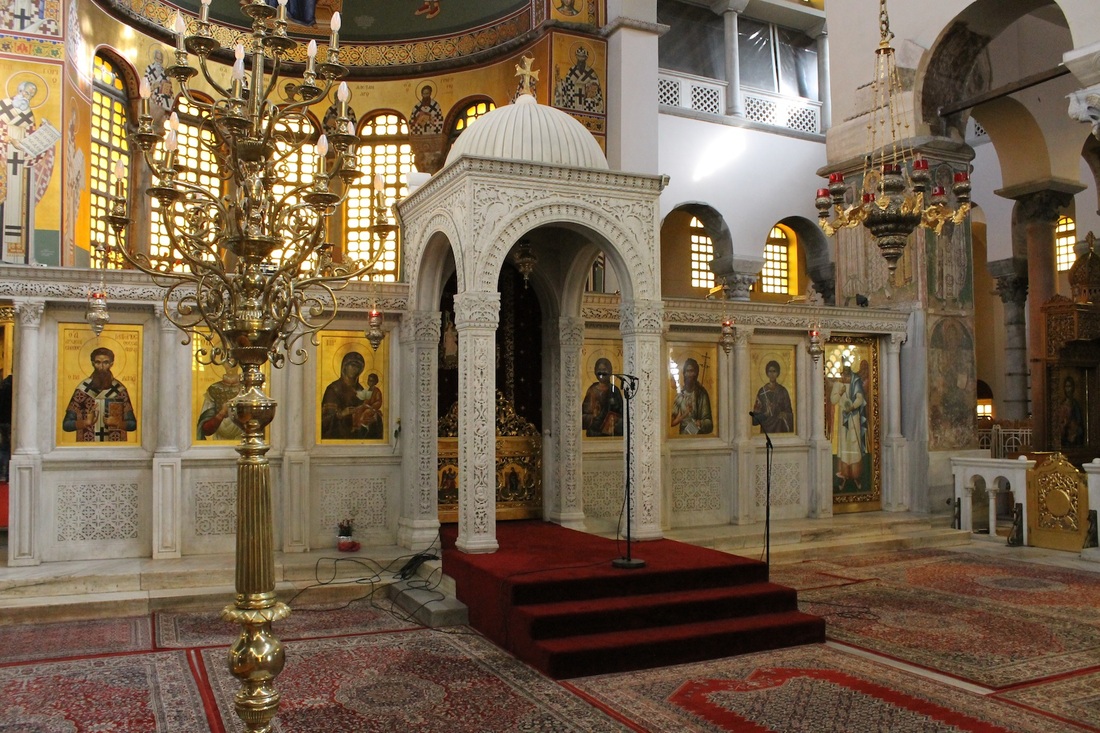
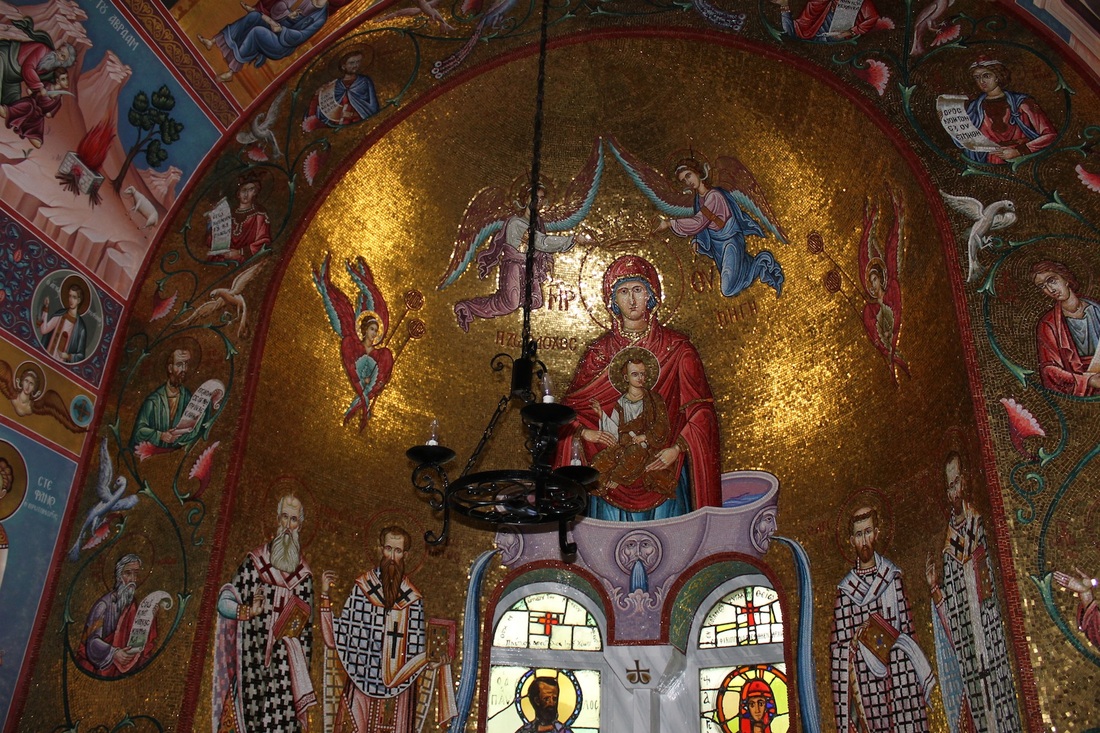
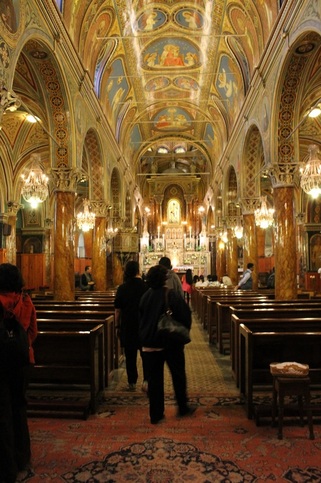
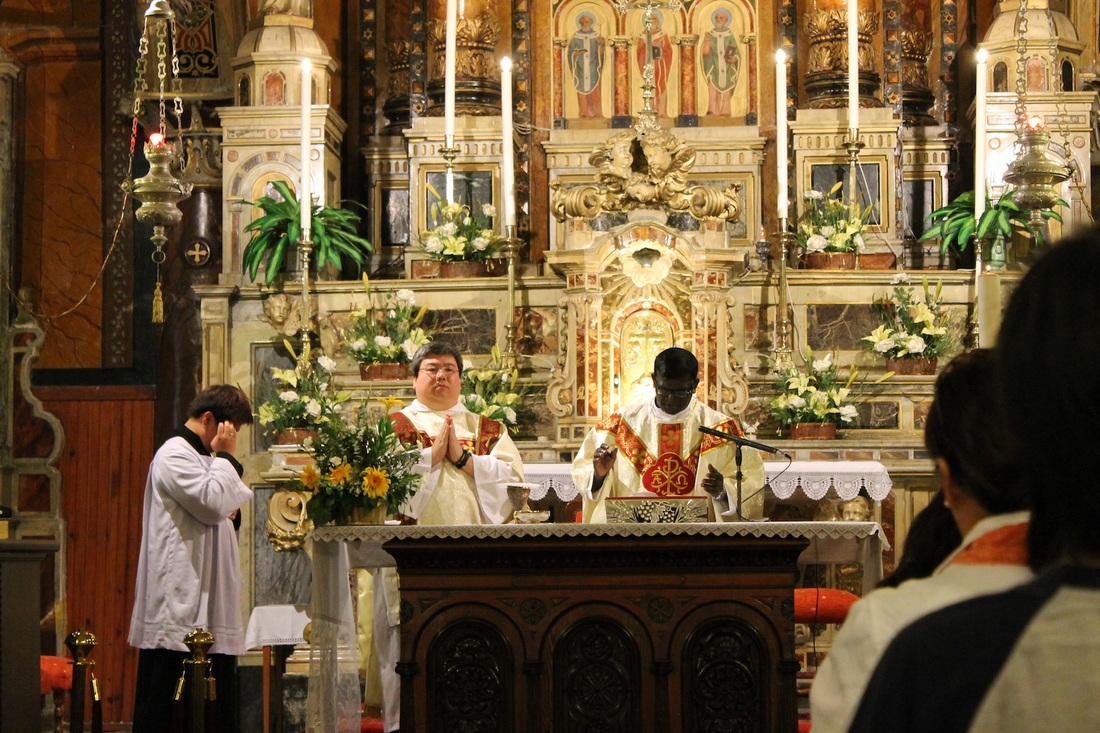
 RSS Feed
RSS Feed

